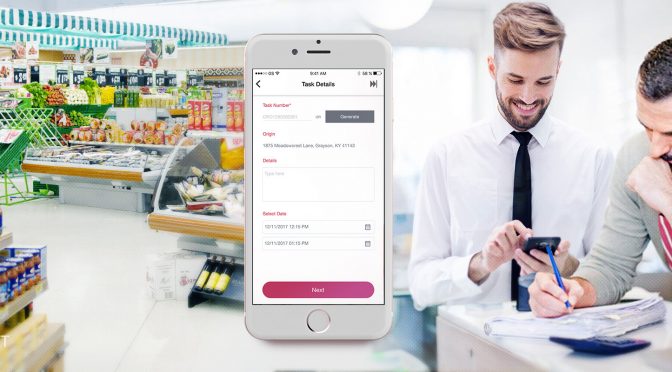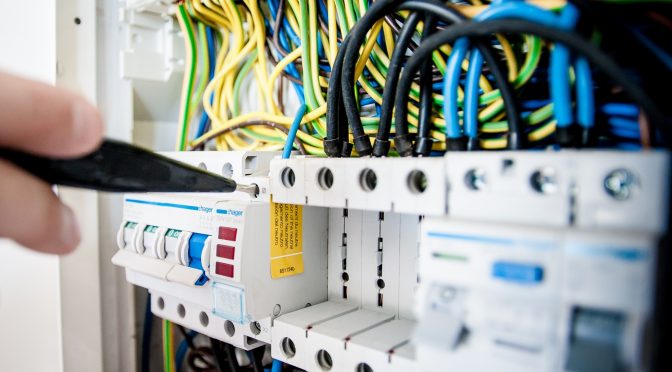
Case Study: How to Increase Sales Effectiveness by 25% in FMCG This is a story about effective field agent performance optimization and its resultant benefits. According to one of our major clients in the fast-moving consumer goods (FMCG) sector, field sales effectiveness was something that they wanted to increase as soon as possible. […]

Bring your delivery management system into the new world. Communicate with your delivery personnel and track their movement while you optimize their routes and ensure on-time deliveries, right from a single app. The future of internal communications is here. Move on Slack and WhatsApp, LogiNext just changed the game.

While your field agents move around, make sure their time is well utilized by topping up your field service management with real-time workforce tracking. This adds a layer of agility and responsiveness in your services. The manager can react in quick time in case of any delay or service disruption. The faster reaction time also gives the companies the ability to capture key market insights at the right time.

Many industry experts have stated that their field workforce management leaves them with a lot to desire for. As we know the first step to effective field service management is getting the right person for the work. Once you have that, things should be a cakewalk, but it often isn’t. Why does this happen? And what can you do avoid that?

To perfect field service automation and optimization, you must assess the knowledge base and abilities of your workforce and automate allocation of specific tasks requiring a particular set of skills to the field service professional possessing the same set. This would bring down the probability of dissatisfaction for your customer by dispatching the perfect field agent suited for the customer’s problem.

Consider the transportation industry. Transportation is no longer a support function, it is a necessity. The past year saw the highest amount of vehicle sales in most developed nations. The United States had more than 17.5 million car sales in 2016. Consumer movement is catching up with logistics transportation in some places and outperforming them in other places.

Pharmaceutical industry has a traditional field agent management network where trade channel management is the primary sales pipeline along with being the distribution funnel for the industry. Channel management is of primary importance in this sector, unlike other growing industries.

The home services (Utilities) management industry has moved leaps and bounds in terms of field agent management evolution & the adoption of Internet of Things. Connected devices, right from the appliances in your house, to the meters monitoring your usage, the collectors collating the metering information feeding it into the head-end system.

People have talked about the Internet of Things (IoT) in diverse terms, but what is it? IoT is the interaction and exchange of data amongst various connected devices and entities over the Internet, which then function towards singular goals. It’s like having a virtual connected universe, where you customize almost all your electronic interactions.
White Paper: The Assumption Within AIDAS is Unsaid but Profound. This idea that the expectation stage of consumers can be generalized across industries and timelines, is prone to error. How does this generalization affect the decision flow of consumers? To answer this, I will help you look closely at these assumptions.

